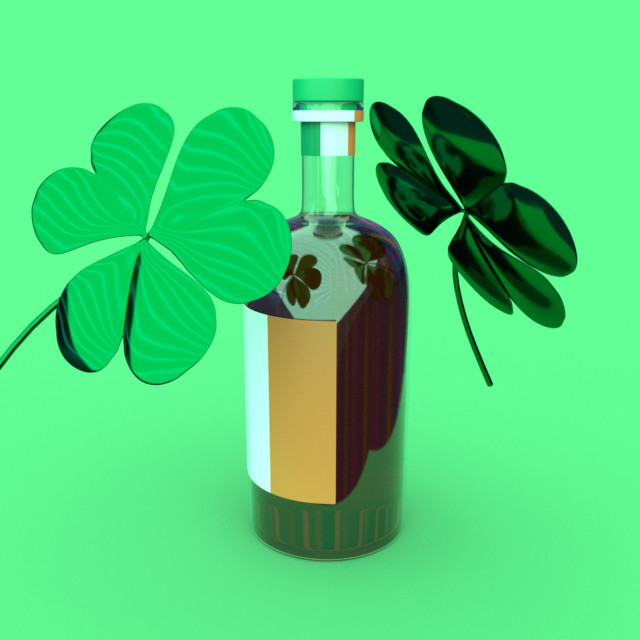“There are 41 distilleries in Ireland now, and I can see that climbing to 50 pretty soon,” says Jason Kidd, founder of Outcast Brands, which distills Blood Monkey Gin. He explains that this growth is due to rising demand for Irish whiskey. According to the Distilled Spirits Council of the U.S, Irish whiskey sales skyrocketed last year by 16.3 percent to a record $1.3 billion. It’s also the third fastest-growing spirits category by volume, up 17.8 percent from 2020.
But spirits like whiskey take time to age, which is why some Irish producers have pivoted to gin and vodka to keep cash flowing. Three brands have decided to chart a course for a different spirit — one that is also tied to island life — just not the Emerald Isle: rum.
“Ireland would not be traditionally regarded as a rum-drinking nation, with whiskey and gin dominating tastes. However, during the last 15 years, [the country] has had something of a renaissance with food and drink. Mixology has exploded in the cities,” says Kiran Shiva Akal, founder of Akal Chai Rum. Akal explains that spots like Dublin’s tiki bar Ohana have piqued consumers’ curiosity about the spirit, in part propelling its growth.
“We’re realizing that people are drinking less, but they want higher quality,” adds Kidd. “Rum is now moving from tiki-style drinks to that of prestige.” Irish distillers are also viewing the interest in rum as a continuation of the national penchant toward brown and gold spirits. Drinks Ireland forecasts that rum will grow at a rate of 5.5 percent until 2027, making it the third key growth spirit behind whiskey and gin.
Still, Irish-style rum is in its infancy stage, with the first said to have been produced in 2018 by Blacks Brewery and Distillery in Kinsale, Ireland. Several new distillers have jumped into the mix since.
“Rum has a history and a backstory already, but it is so pigeonholed to the Caribbean,” Kidd says. “We are just trying to open consumers’ eyes. The spirit is evolving and consumers are looking to explore more, too.” Irish rum isn’t even exactly all Irish. All the distilleries import sugar cane or molasses from the area in and around the islands of the Caribbean, and then run it through their own distilling processes. Some have partnered with rum manufacturers in the West Indies to age and import the rum, and later give it their own treatment on-site. Kidd explains that his plan is to use a pure sugar cane rum base and then age the rum in whiskey barrels to give it a distinct flavor. “There are a lot of whiskey distillers that are aging their whiskey in rum barrels, but not the other way around,” he says.
Blacks Spiced Irish Rum starts with small-batch rum that is distilled in Kinsale using high-grade sugar cane molasses, fermented and matured in oak casks, and tempered with seven spices. Its Golden Rum, which has garnered critical acclaim and took the gold medal at the 2020 World Rum Awards, is aged in single malt Irish whiskey barrels. Meanwhile, botanical-style Akal Chai Rum blends single estate high-altitude darjeeling tea that is grown above 9,000 feet along with natural and rare botanicals, and uses a process it calls “Méthode Sillage” to age the spirit. “Using European oak barrels, and in some cases casks that are 45 years or older, adds an amazing layer of complexity,” says Akal.
While all of these rums are distilled in a different way, each bottle reflects the sense of place that Irish consumers seek.
“Rum is traditionally aged in hot climates,” Akal explains. “When aging is transferred to a moist, cooler climate like that of Ireland, the alcohol behaves differently. The rum tempers differently. Surprising notes emerge because the liquid in the barrel ‘breathes’ so differently.”
Perhaps most conducive to experimentation, however, is the flexibility around Irish rum production relative to whiskey. “For a country steeped in tradition, frankly, it’s a breath of fresh air,” Akal says.
